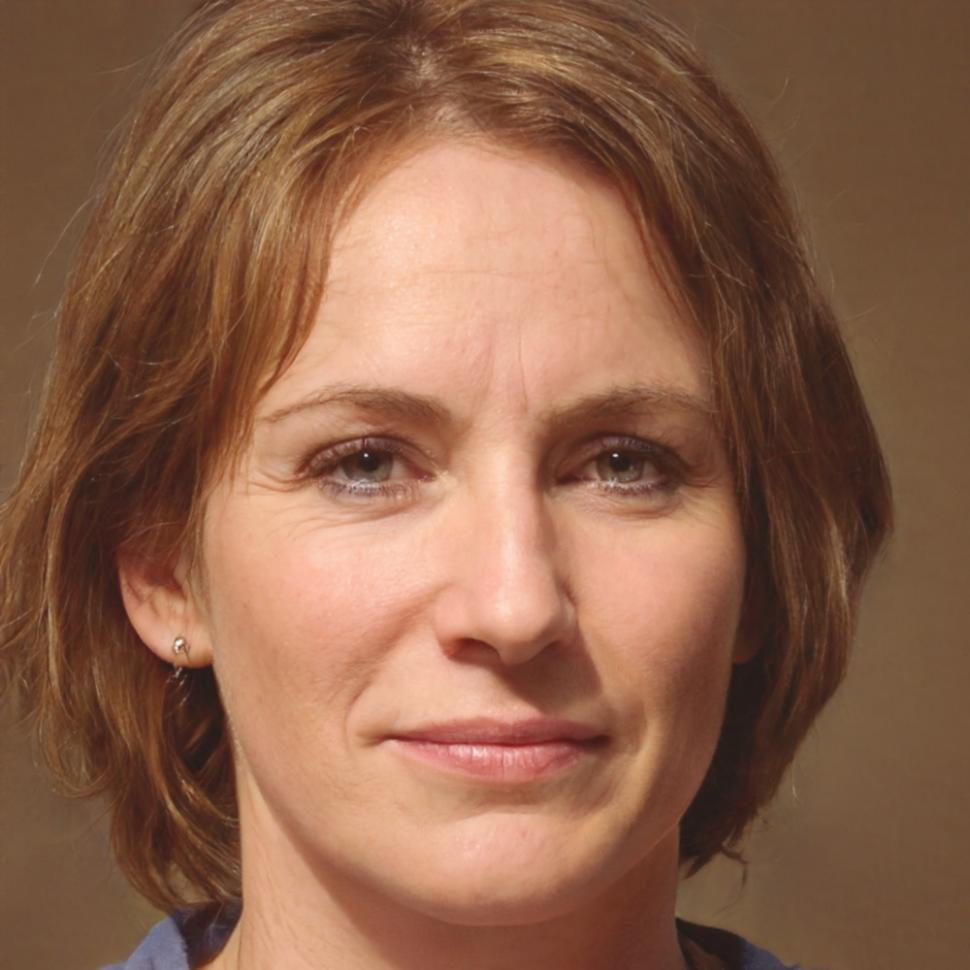Design Worlds That Players Remember
Our graduates don't just learn 3D design—they craft experiences that define how players move, think, and feel within digital worlds. See what becomes possible when technical skills meet creative vision.
Real Outcomes, Real Stories
These conversations happened over coffee, in online forums, and during studio visits. Each person found their own path through our program, but they all discovered something unexpected about what's possible when you truly understand 3D space.
The moment I understood how lighting affects player movement—not just visually, but psychologically—everything changed. I went from creating pretty environments to designing experiences that actually guide players through stories. My current project has players spending 40% more time exploring areas I've designed compared to other sections.
Paloma Rodriguez
Environmental Artist, Brisbane Studio
Before this program, I was just making rooms that looked cool. Now I think about player psychology, traffic flow, and how every prop placement serves the narrative. The technical skills are important, sure, but understanding why players make certain choices—that's what sets your work apart in this industry.
Viktor Chen
Freelance Level Designer
I learned more about spatial storytelling in six months than I had in years of self-study. The feedback loops we practiced—designing, testing, iterating based on actual player behavior—taught me to see my work through completely different eyes. Players now spend time in my environments because they want to, not because they have to.
Esperanza Williams
Game Environment Specialist
How Skills Develop Over Time
Every person's journey looks different, but certain patterns emerge. Here's how most students see their capabilities expand throughout the program, and what typically happens in the months that follow.
1
Foundation Phase
Students typically arrive with enthusiasm but limited understanding of how 3D space actually works in games. This phase focuses on spatial awareness and basic technical literacy.
- Understanding 3D coordinate systems and camera behavior
- Basic modeling techniques for architectural elements
- Introduction to lighting principles and shadow work
- Player movement mechanics and collision detection
2
Design Psychology
This is where students often experience their biggest breakthrough—realizing that level design is actually about human behavior and emotional response, not just making things look interesting.
- Visual hierarchy and attention guidance techniques
- Color psychology in environmental storytelling
- Pacing control through architectural choices
- Testing methodologies and player observation
3
Professional Integration
Advanced students focus on workflow optimization, team collaboration, and developing their personal design philosophy. Projects become increasingly complex and portfolio-worthy.
- Advanced texturing and material creation
- Performance optimization for different platforms
- Version control and collaborative development tools
- Client communication and design documentation
4
Post-Graduation Growth
Alumni report that the real learning continues after graduation, but with a solid foundation that allows them to adapt to new tools, work with different teams, and tackle increasingly challenging projects.
- Specialization in specific game genres or platforms
- Leadership roles in design teams and creative direction
- Mentoring newer designers and knowledge sharing
- Continuous learning in emerging technologies and techniques
Explore Learning Options
Our next comprehensive program begins in August 2025. We keep class sizes small to ensure personalized attention and meaningful feedback on your work.


